Planning your first Tokyo trip? Here are the 10 best things to see in Tokyo from sushi breakfast, through quiet shrines, and up to that crossing you’ve seen a thousand times online.
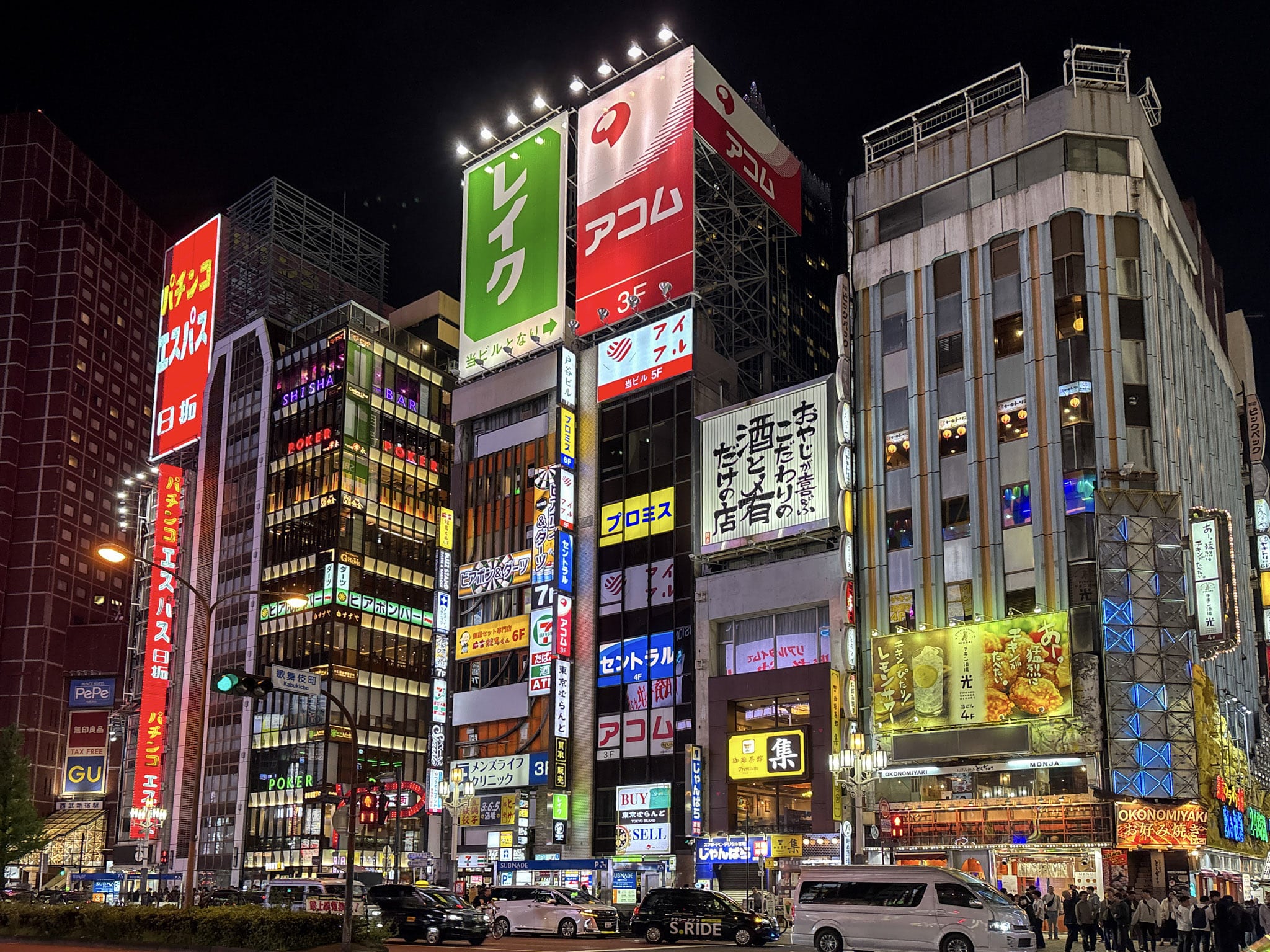
If it’s your first time in Tokyo, the problem isn’t finding things to do, it’s knowing where to start.
Having a plan here is the right approach: Tokyo is too big to be that city you wander through hoping to stumble on the best parts. However, with some structure, you can see a lot in a short time. These are the ten places to see in Tokyo I’d point anyone to on their first visit. They’re the ones that make sense of the rest: the crossings, the shrines, the rooftops, and the late-night ramen alleys that explain why this city works the way it does.
1. Shibuya Crossing and Hachiko Statue
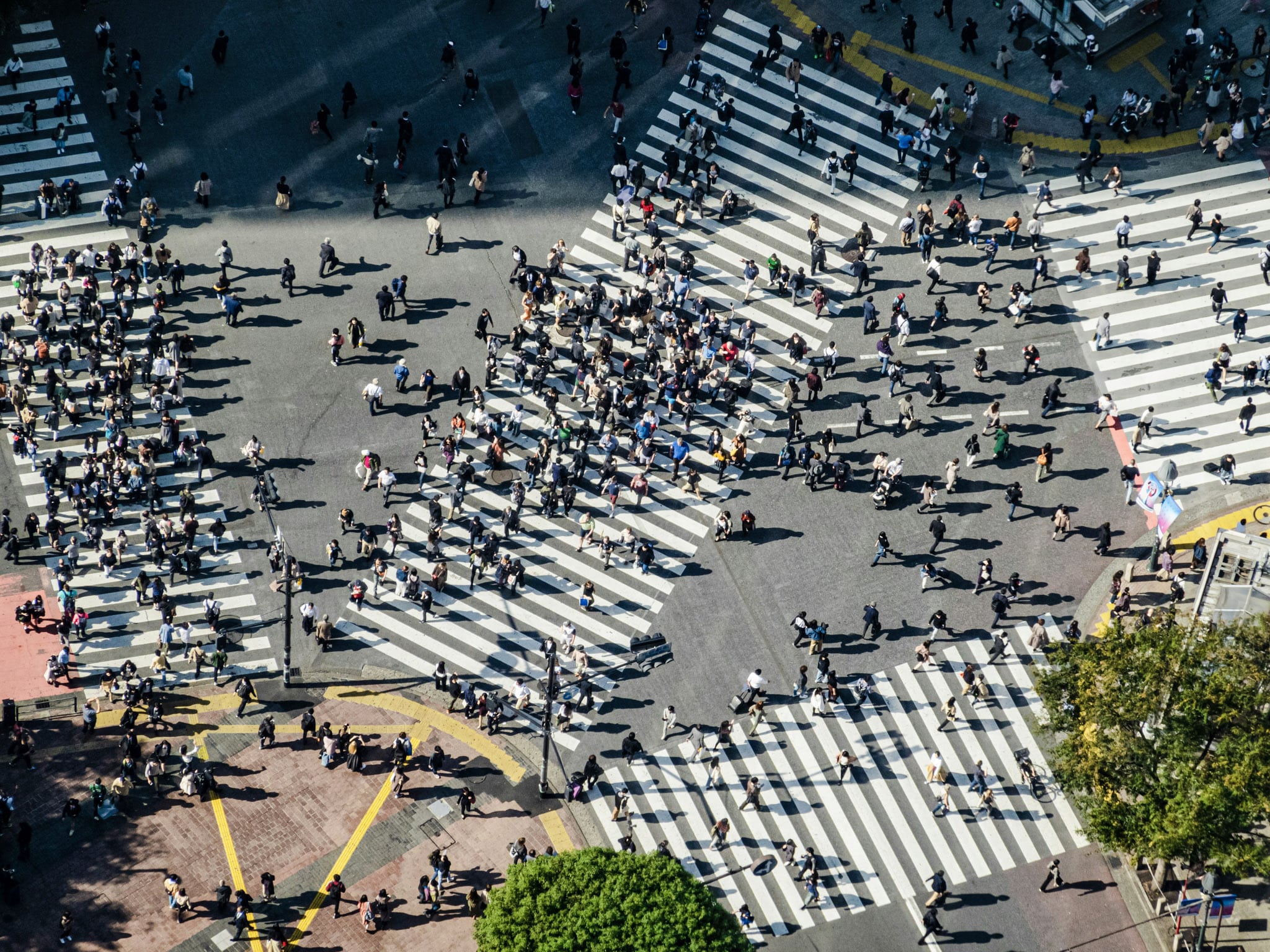
Every first visit to Tokyo starts here, whether you plan it or not. Shibuya Crossing is that intersection you’ve seen in a hundred films, but standing in the middle of it feels different. The lights hit from every direction, traffic pauses, and for half a minute thousands of people move at once without colliding. It’s choreography.
The best view is from above. The Shibuya Sky observation deck gives a clean look over the scramble and across the city, especially at sunset when the streets turn into rivers of headlights. If you want something closer, the Starbucks in the Tsutaya building has a glass wall facing the crossing.
Just outside the station, the small bronze statue of Hachiko still draws steady crowds. It’s easy to dismiss as a tourist stop until you see commuters patting the dog’s head on their way home. Together, the crossing and Hachiko sum up Tokyo perfectly: constant motion, tiny gestures of loyalty, and a sense of order holding everything together.
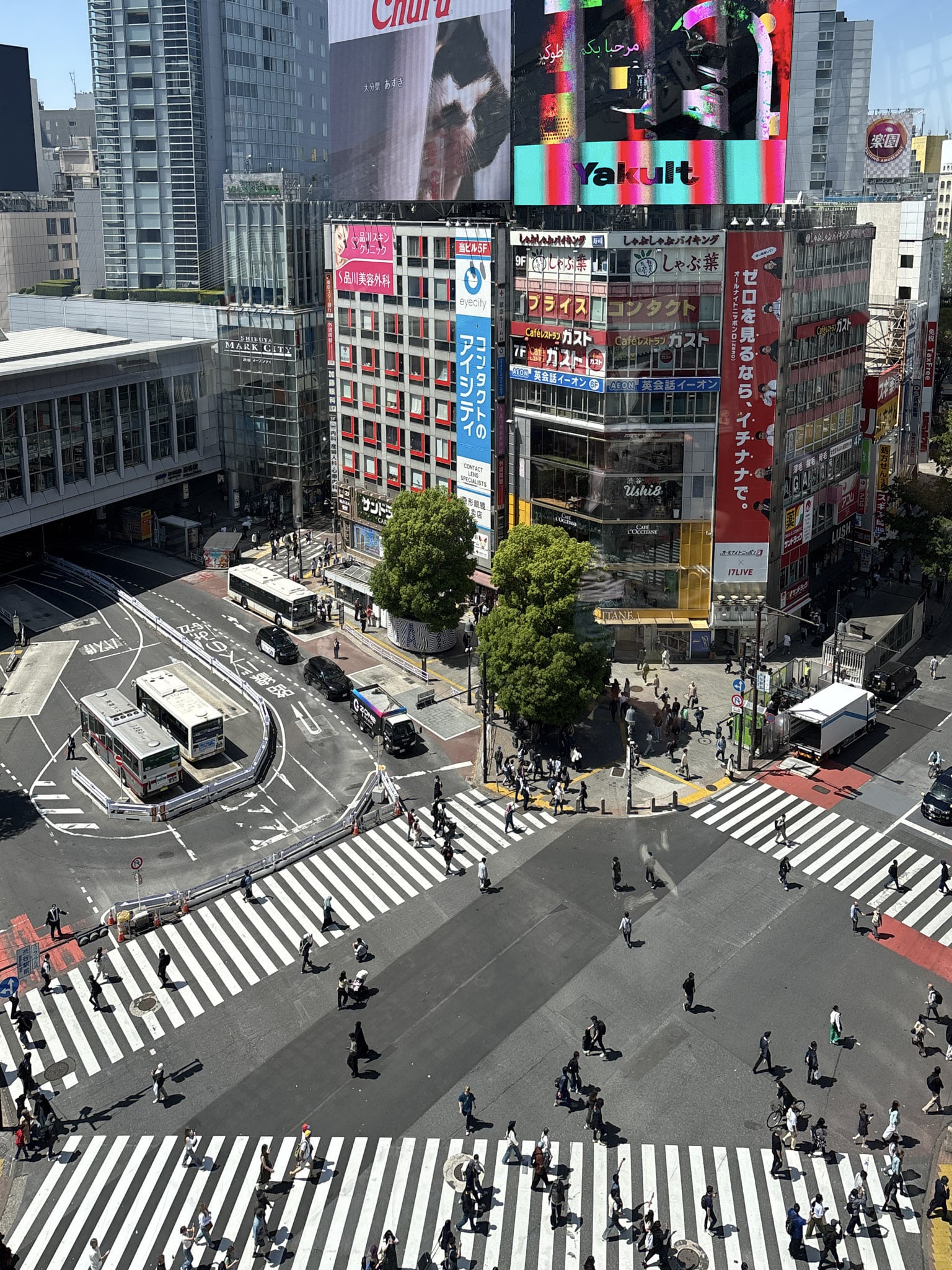
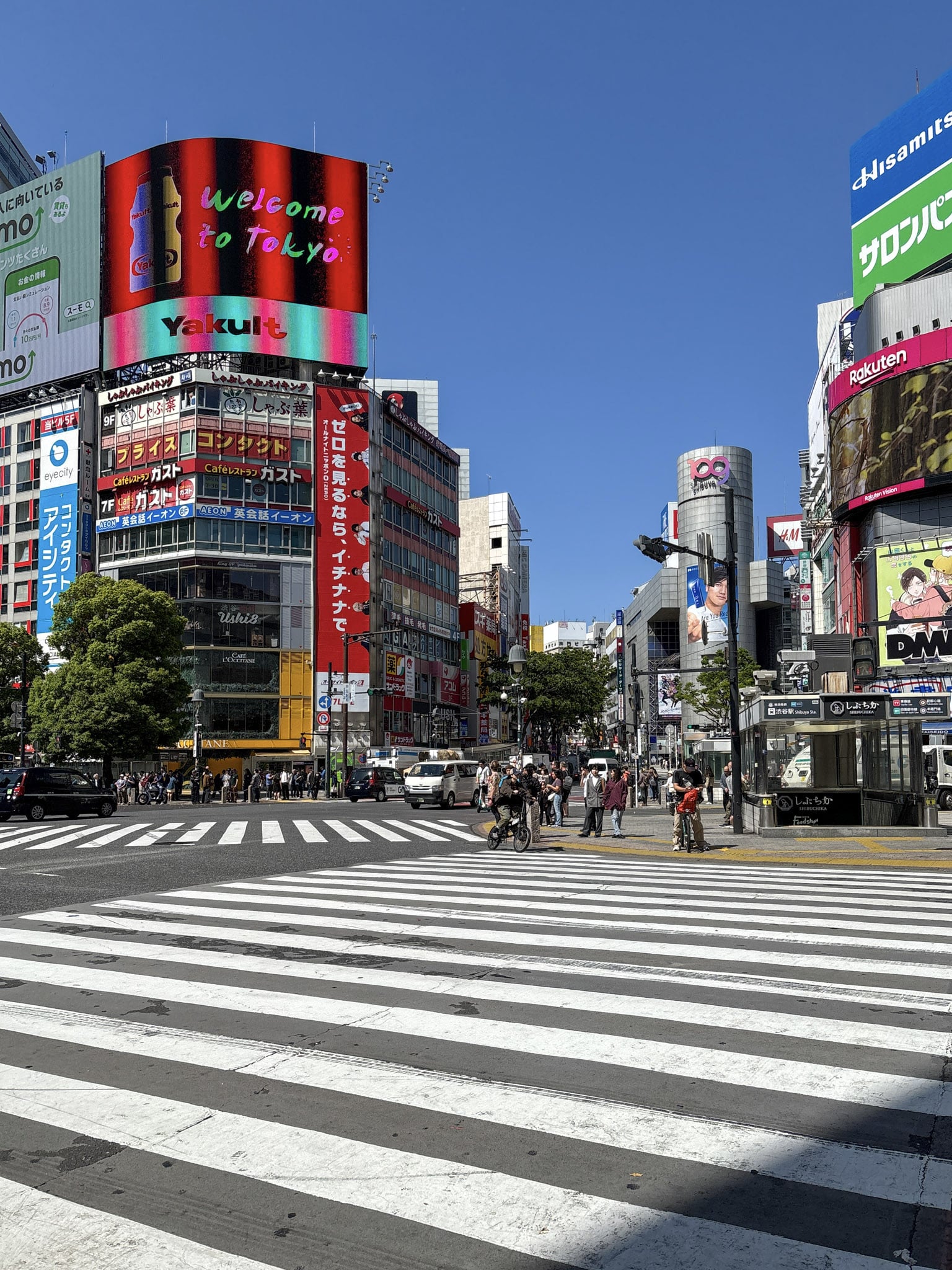
2. Meiji Shrine and Yoyogi Park
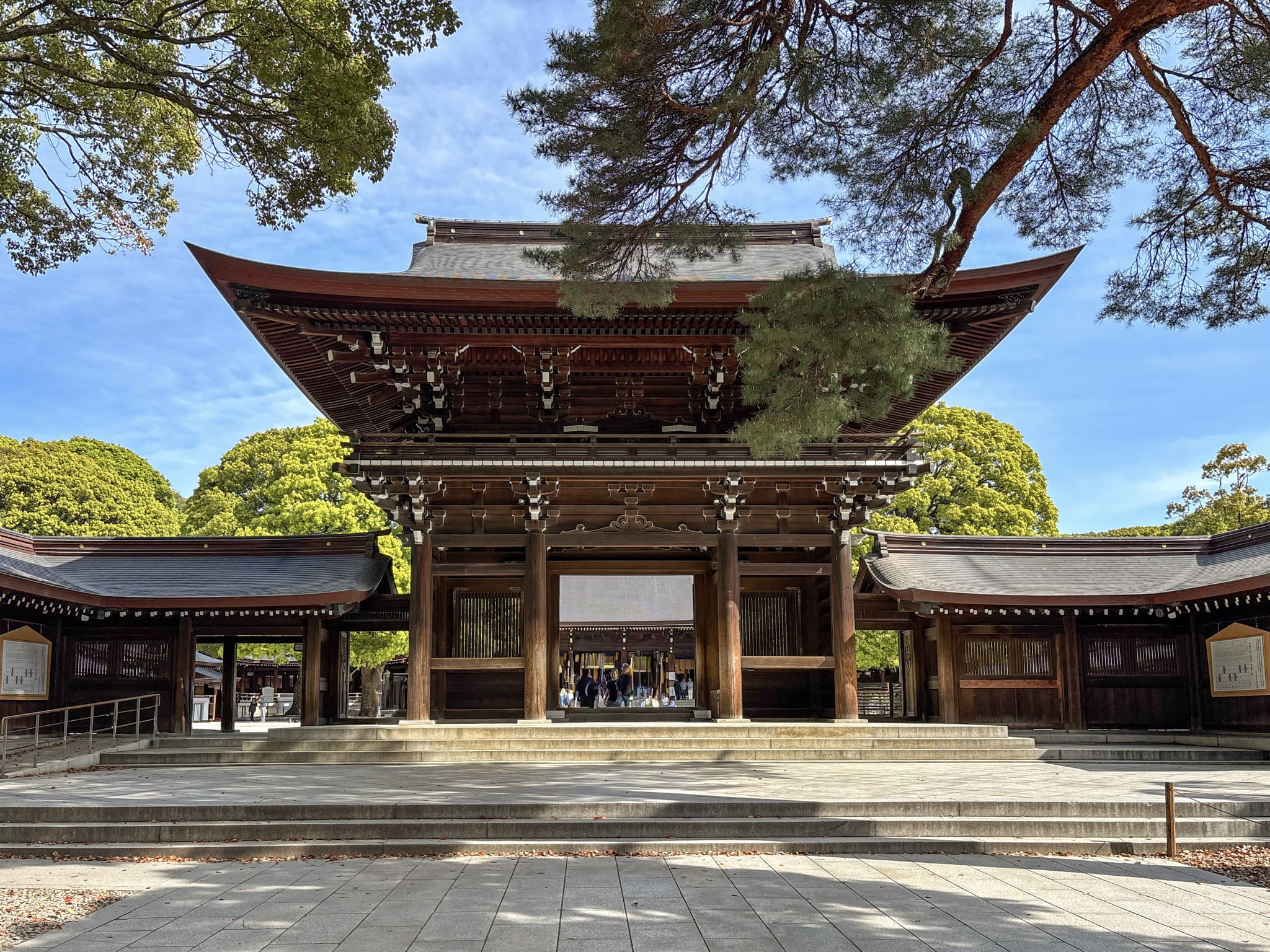
A few stops from Shibuya, the noise drops almost immediately. Meiji Shrine sits inside a forest so dense it feels impossible that you’re still in central Tokyo. The gravel path to the main hall stretches under towering trees and massive wooden torii, and the air smells faintly of cypress and incense. It was built in 1920 to honor Emperor Meiji and Empress Shoken, but what you notice first isn’t the history, it’s the calm. Arrive early in the morning if you can, and you’ll catch priests opening the gates, couples in wedding kimonos, and volunteers sweeping leaves in silence. At the center, visitors write wishes on wooden plaques called ema and hang them on a wall beside the shrine.
Right next door, Yoyogi Park feels like the shrine’s younger, louder sibling. On weekends, families picnic under the trees and dancers practice to old rock music from portable speakers.

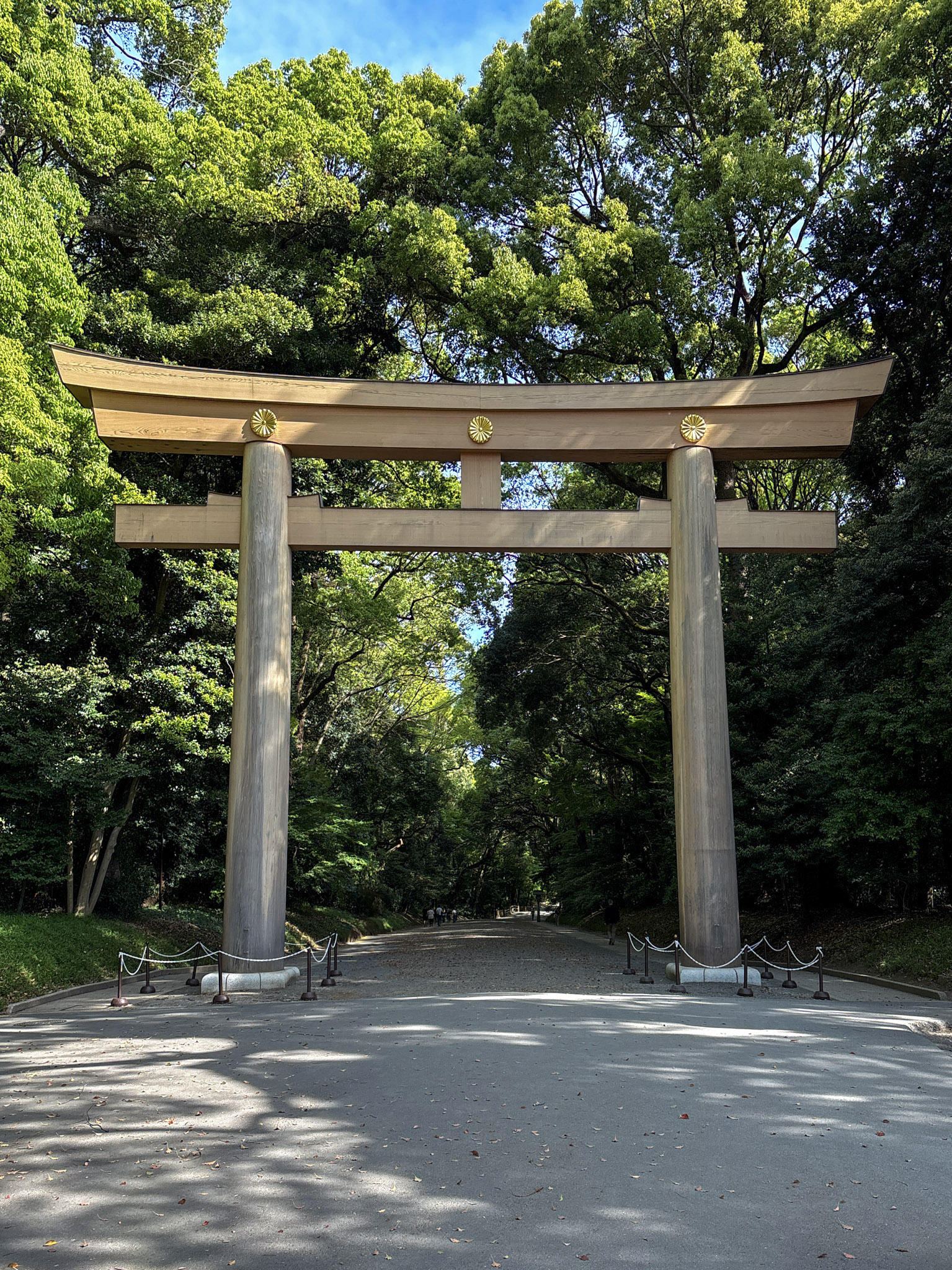
3. Asakusa and Sensō-ji Temple
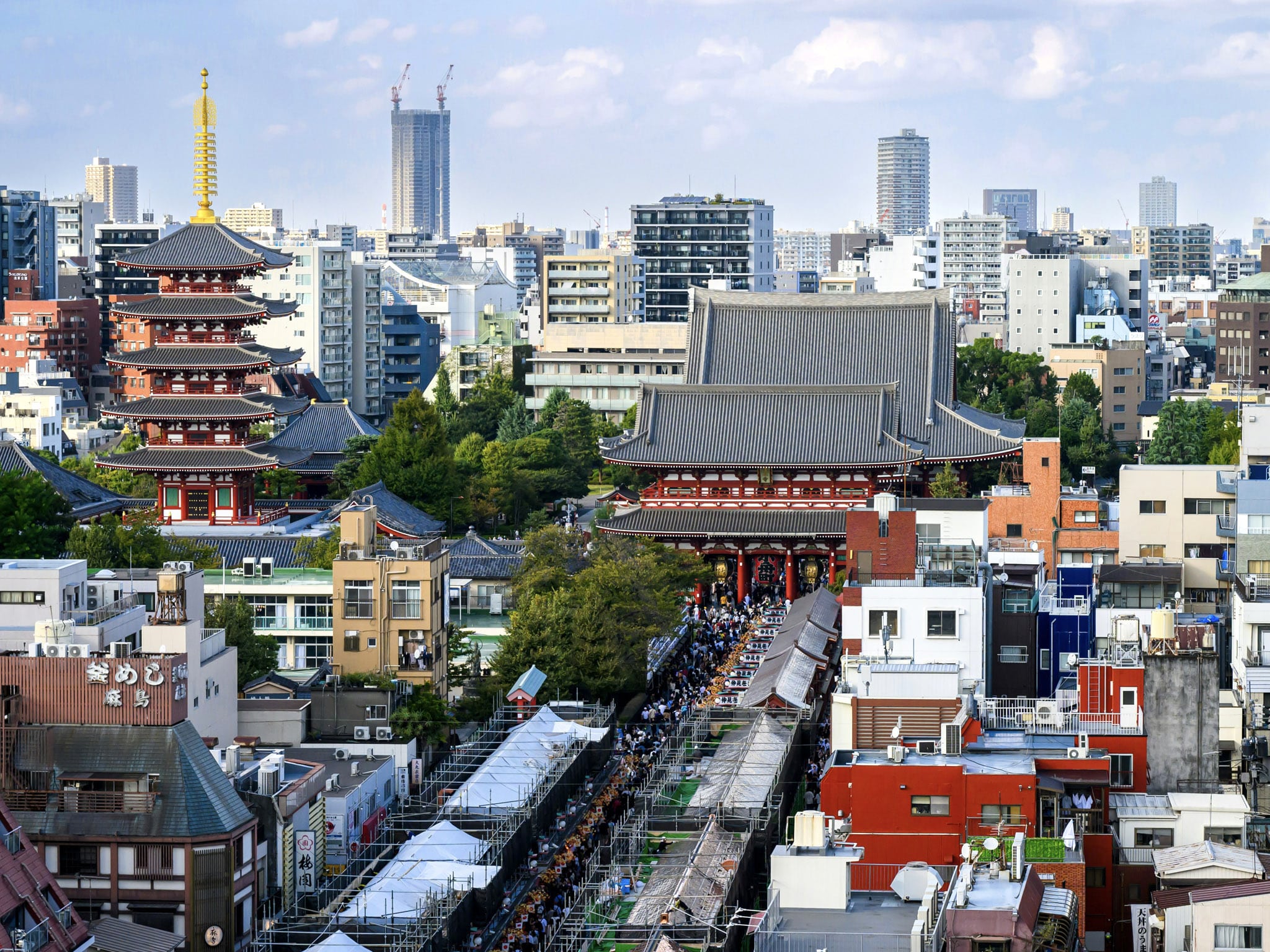
Sensō-ji is Tokyo’s oldest temple and the heart of Asakusa, a district that still looks like a scene from an older city. The walk to the temple begins at Kaminarimon Gate, where a giant red lantern marks the entrance. From there, Nakamise Street runs straight to the main hall, lined with stalls selling rice crackers, folding fans, and souvenirs that haven’t changed in decades.
Most people crowd the first stretch for photos, but it’s worth slowing down once you pass through the second gate. The temple grounds open wide and the sound shifts from chatter to the low hum of prayers and incense. Locals still come to toss coins and clap twice before bowing, a small rhythm that hasn’t disappeared under tourism.
If you want a view of the whole scene, climb to the observation deck of the Asakusa Culture Tourist Information Center across the street.
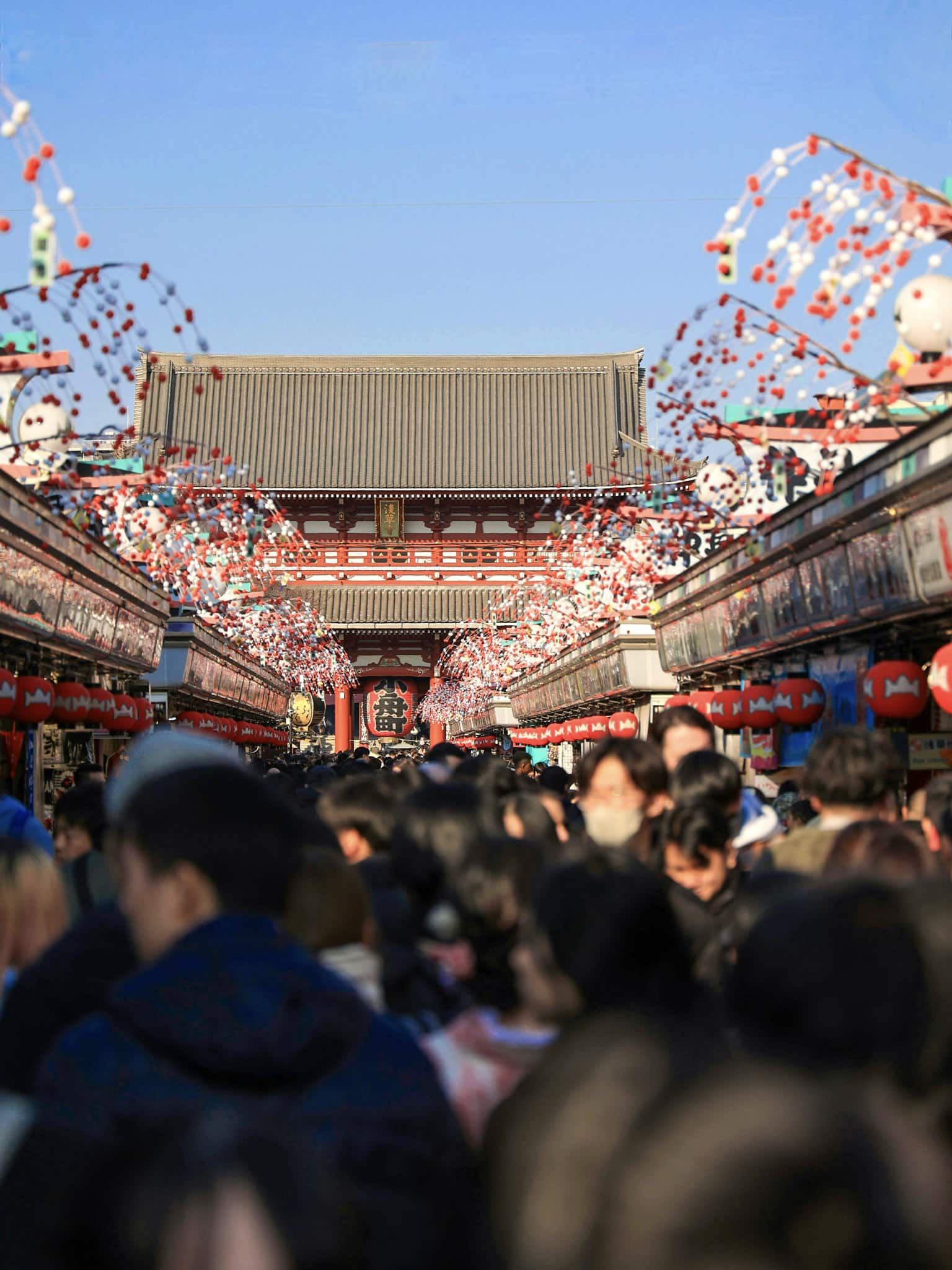
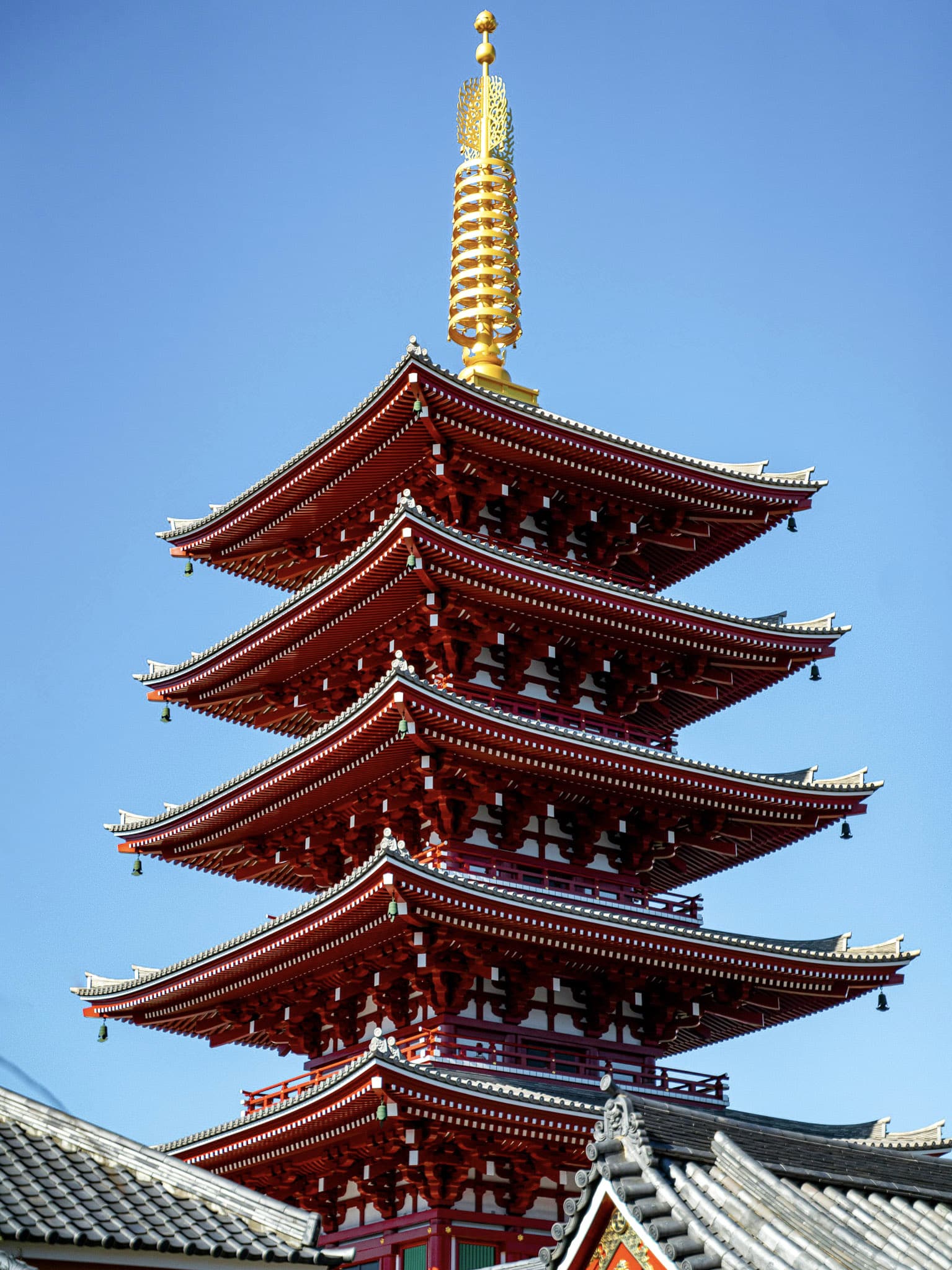
4. Tokyo Skytree or Tokyo Tower
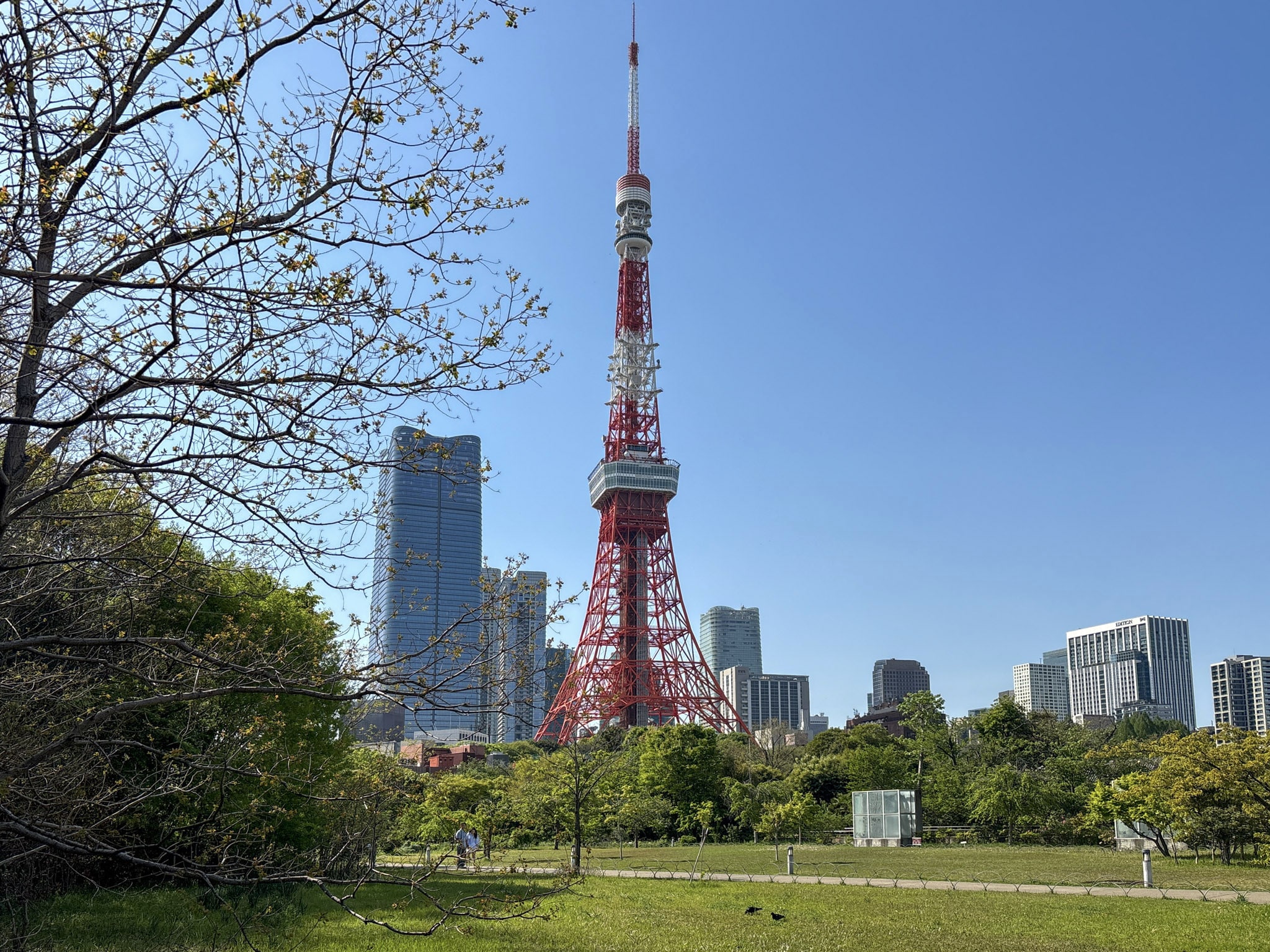
Any list of the best things to see in Tokyo needs a skyline view, and the city gives you two versions of it. Choosing between them depends on what kind of city view you want.
Tokyo Tower came first, built in 1958 and painted in that unmistakable orange and white. It still feels retro in the best way, standing over Roppongi and Shiba Park with the quiet confidence of something that doesn’t need to compete. The lower observatory is enough for most visits, and at night the glow of the structure itself becomes part of the view.
Tokyo Skytree, on the other hand, is the future version: twice as tall, surrounded by a mall and an aquarium, with a view that stretches well past the city limits on clear days. It’s impressive, and the glass-floor section still catches people off guard. Go in the late afternoon so you can see both daylight and city lights in one visit.
If you have time, do both.

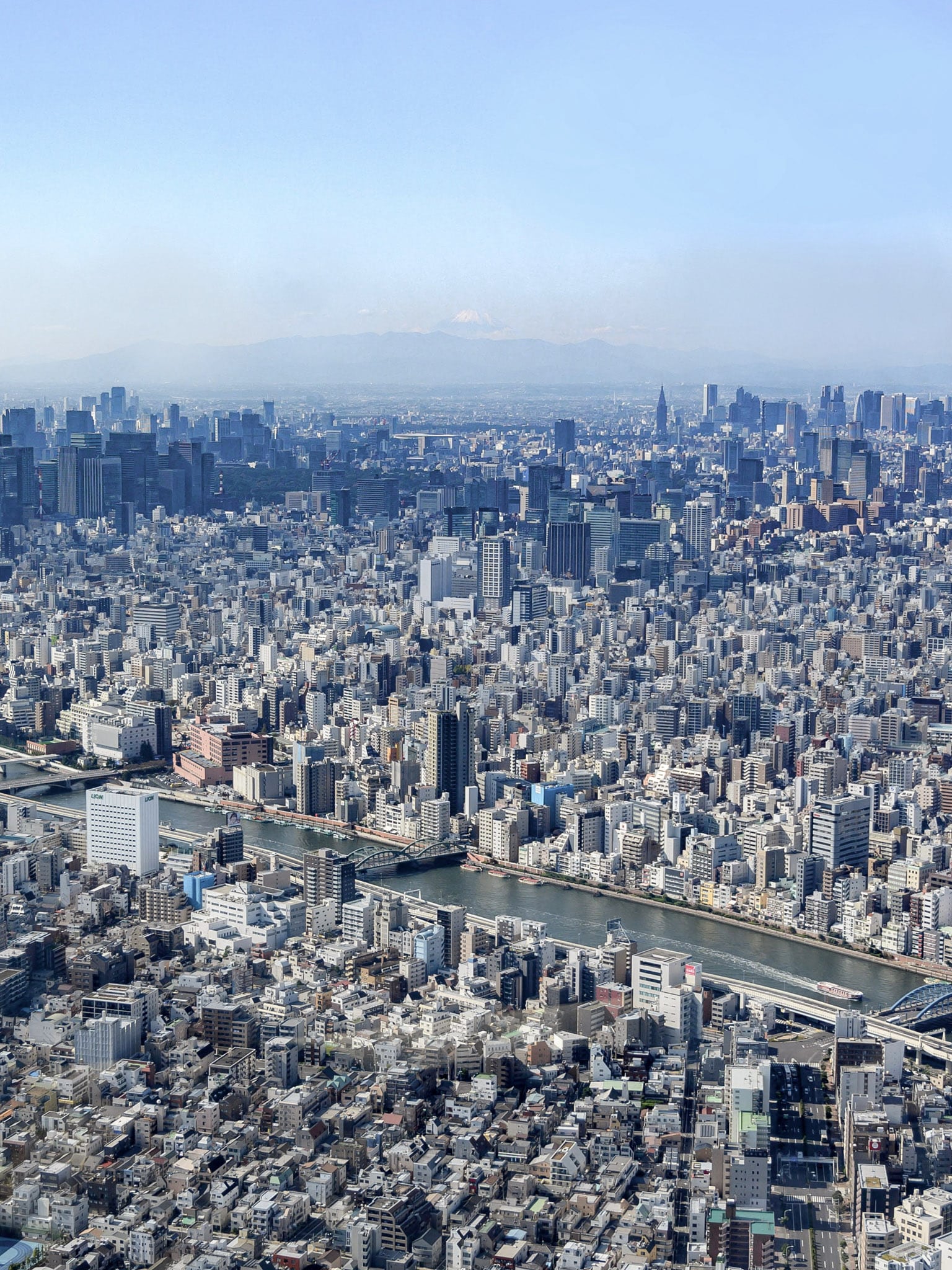
5. Akihabara

Akihabara is what happens when obsession becomes a neighborhood. Once known for postwar electronics, it’s now the center of anime, gaming, and every niche subculture you can imagine. The main street is a blur of signs, claw machines, and shops stacked with retro consoles or shelves of figurines so specific you wonder who collects them all.
Even if you’re not into manga or games, it’s worth an afternoon just to watch how deep the dedication goes. Inside Super Potato, a shop packed with old video games, you’ll find people quietly testing cartridges from the 1980s like they’re handling museum pieces. Around the corner, maid cafés hand out flyers with the same seriousness as fine-dining hosts. It’s a world with its own rules, and everyone seems completely at ease in them.
Sundays are the best time to visit, when the main street closes to traffic and becomes a pedestrian zone. The music spills out of the stores, the cosplayers take over the intersections, and the whole area turns into a strange, bright theater that never really ends.
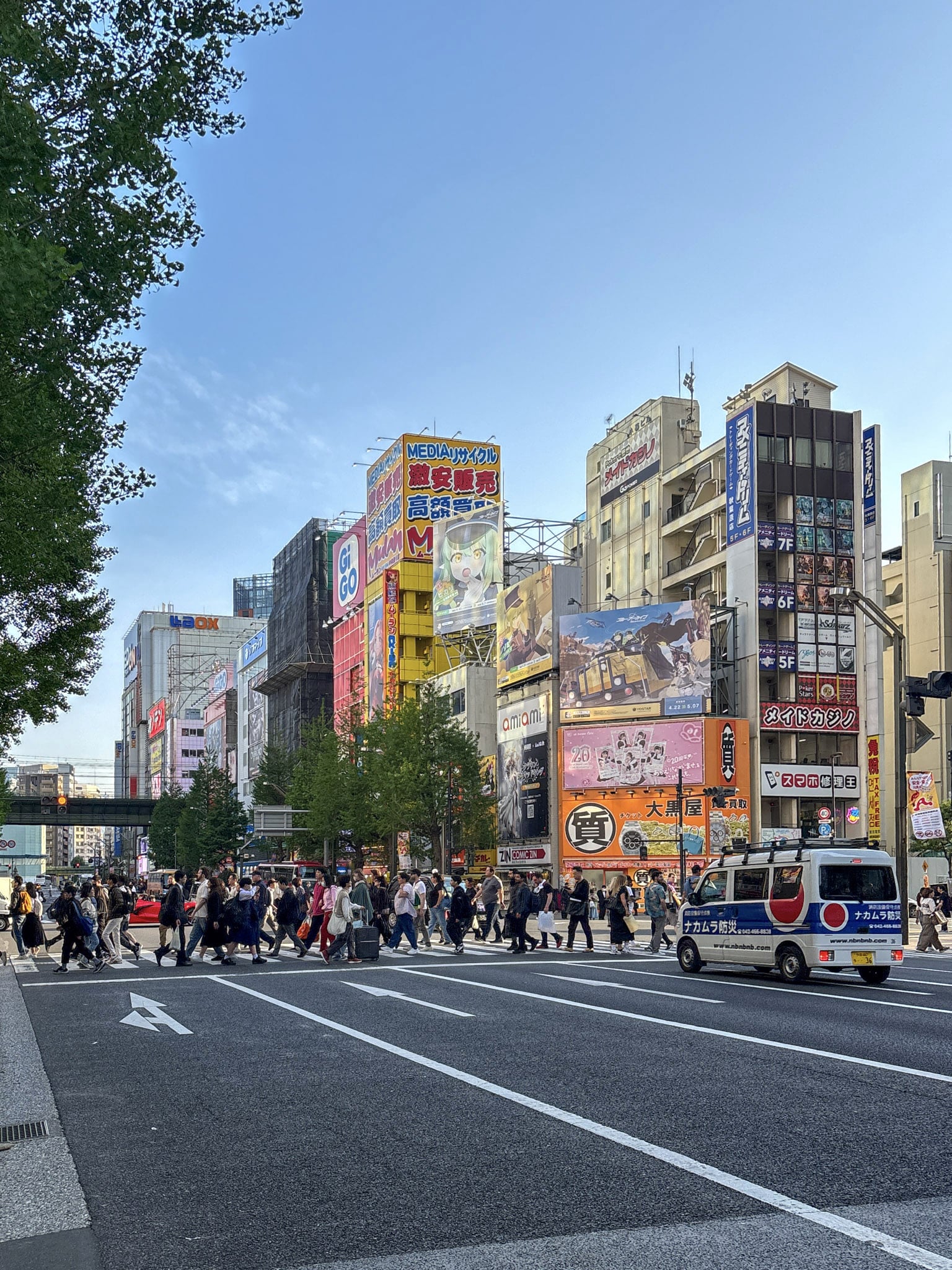
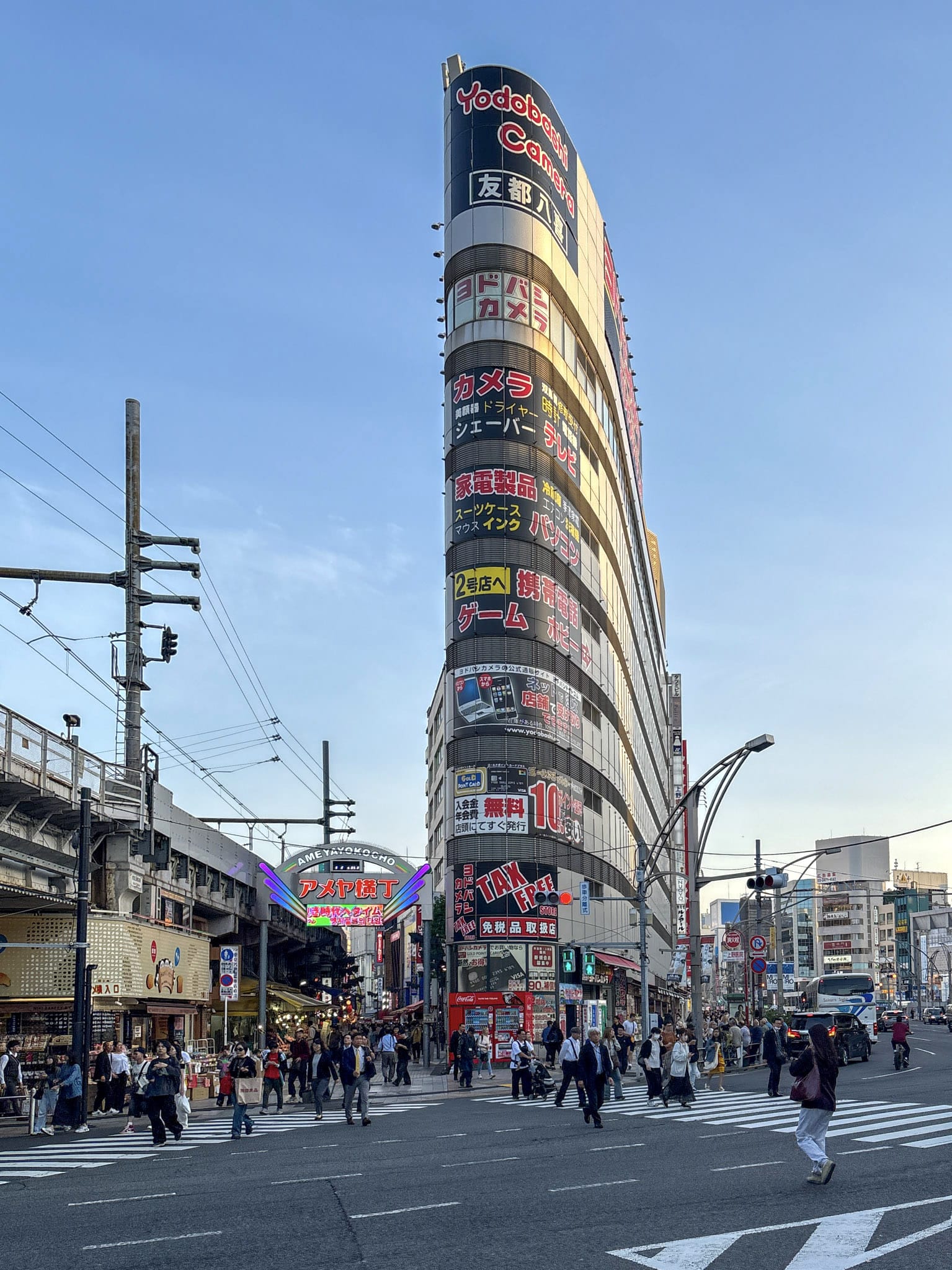
6. Tsukiji Outer Market

Even after the famous tuna auctions moved to Toyosu, Tsukiji kept its pulse. The inner market is gone, but the narrow lanes of the outer one still wake up before sunrise. It’s where locals buy knives, dried seaweed, and fresh wasabi roots stacked like small green logs. The smell shifts from grilled seafood to sweet omelets every few meters.
Breakfast here is an event. Most stalls open by six, and it’s easy to build a meal as you walk: a skewer of scallops brushed with soy sauce, a tamagoyaki roll, then a hand-pressed sushi piece still warm from the rice. Small restaurants behind the main street serve donburi bowls topped with tuna or sea urchin.
Go early, but not too early. Around eight, the balance between locals and visitors feels right. Tsukiji remains one of the best things to see in Tokyo as it’s one of the few tourist spots that still feels like a working part of the city, even with cameras everywhere.

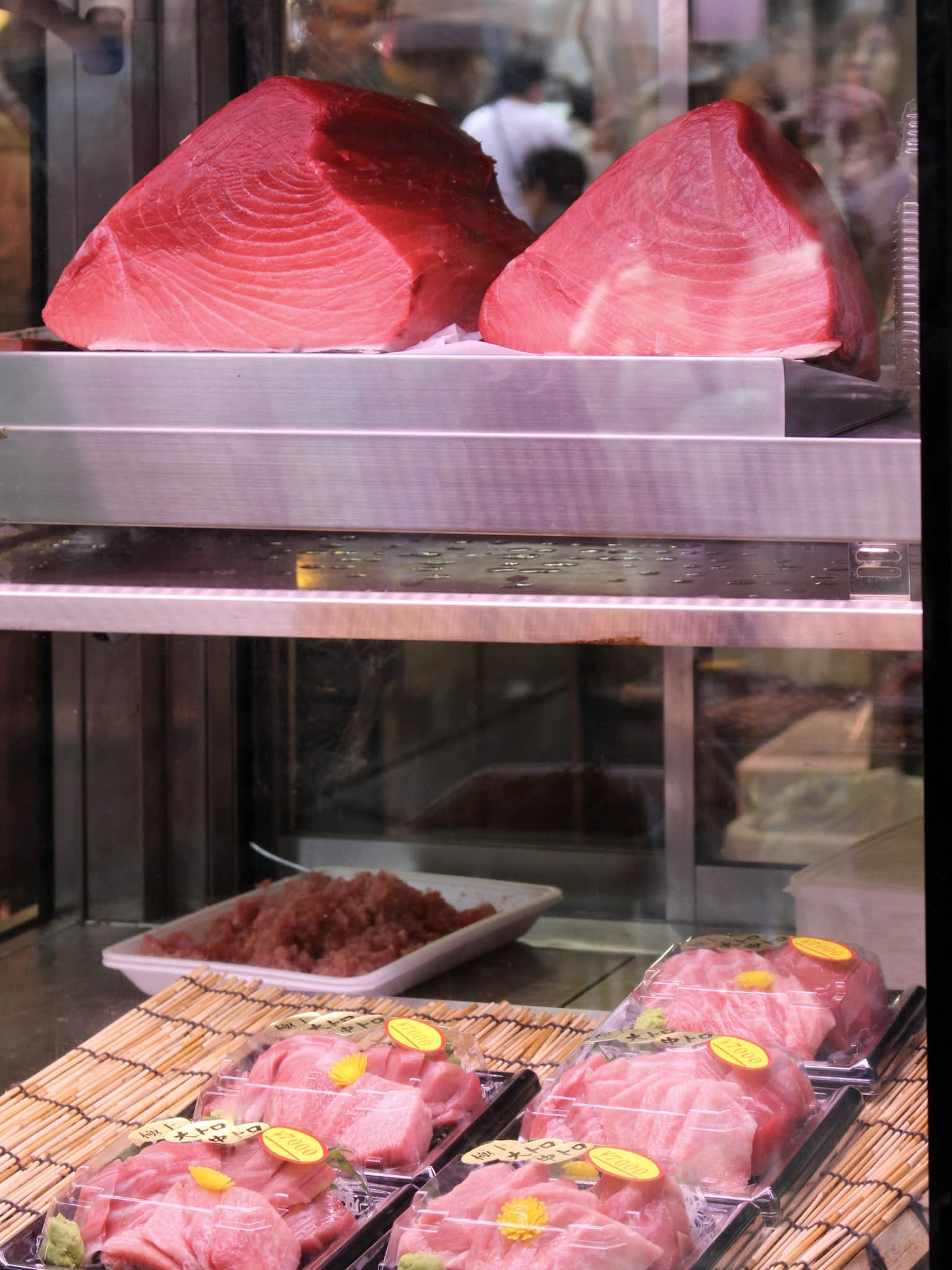
7. Ginza
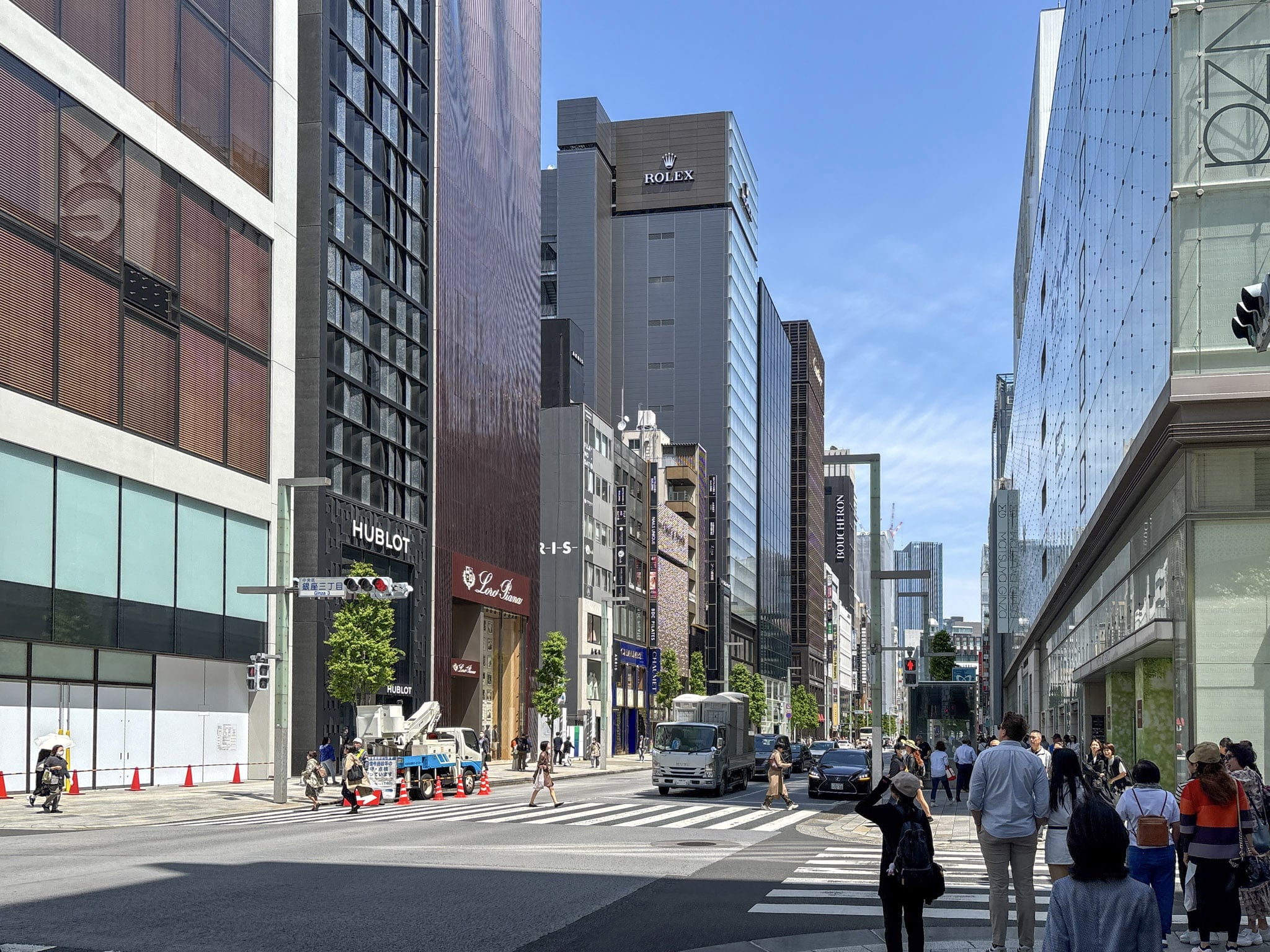
Ginza is Tokyo dressed at its best. The streets are wide, clean, and lined with architecture that feels like a design exhibition. Flagship stores here look like installations with glass cubes, aluminum curves, and light patterns that shift through the day. Even if you’re not here to shop, it’s worth walking through just to see how much attention goes into every window and facade.
In between the luxury boutiques are some of the city’s oldest institutions. The Kabuki-za Theatre still stages traditional performances almost daily, and a ticket for one act is enough to understand how disciplined the art form is. Around the corner, Ginza Six and Tokyu Plaza mix new labels with rooftop gardens that look out across the district.
Ginza belongs on any guide to the best things to see in Tokyo for its architecture and aesthetic alone, before you even step inside a single store.

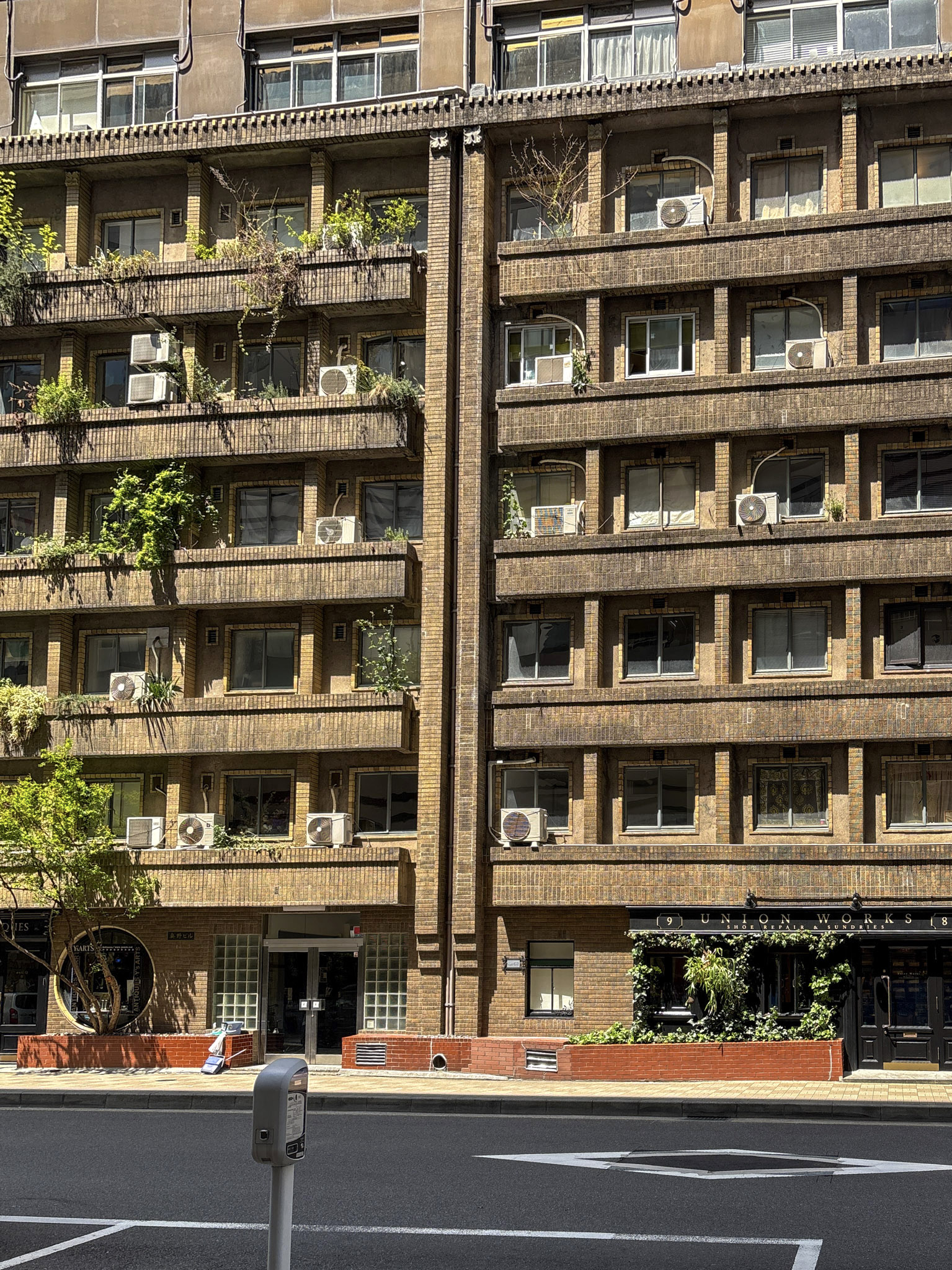
8. TeamLab Planets Tokyo
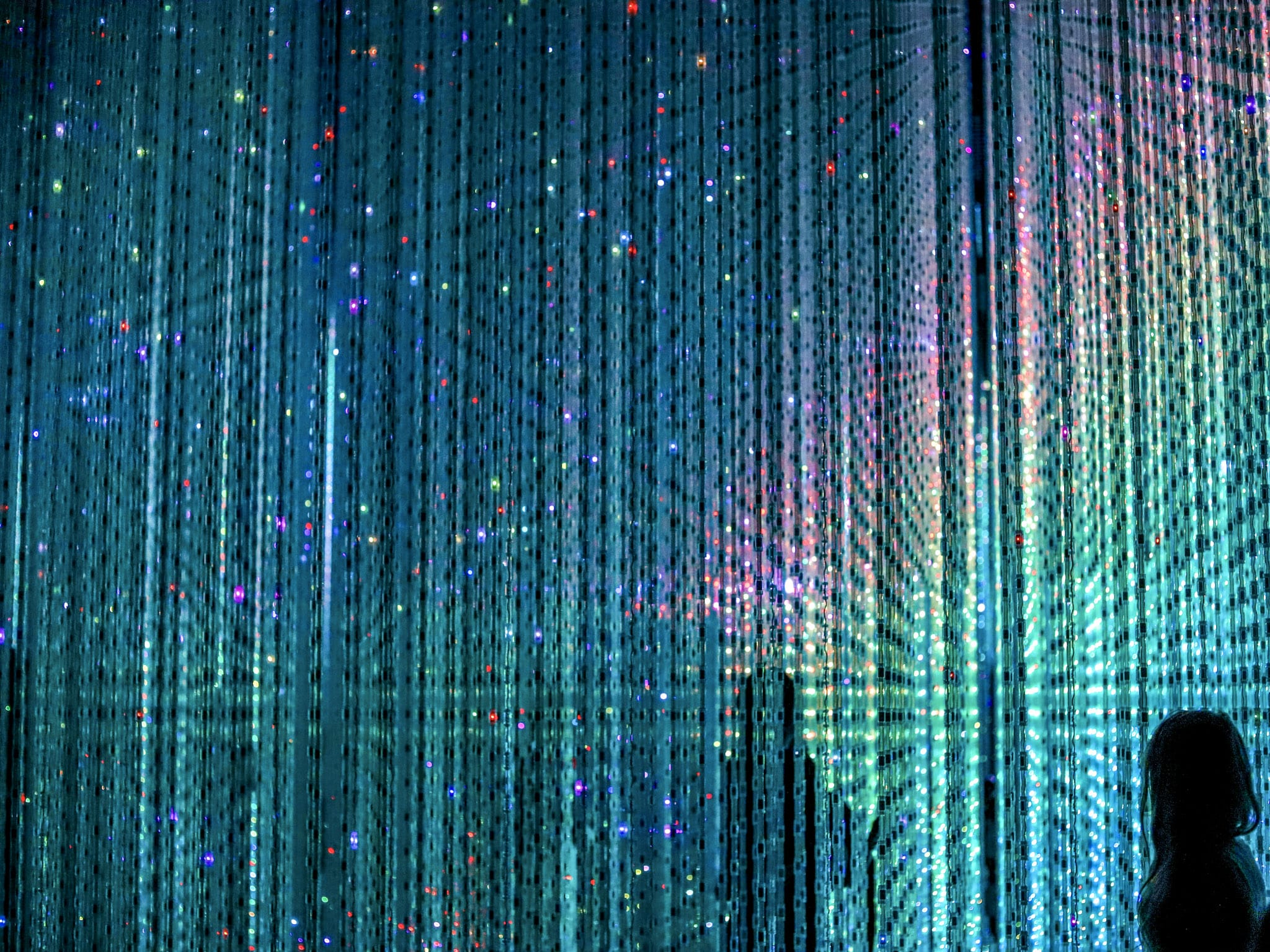
If you only choose one modern attraction, make it TeamLab Planets. It’s the rare experience that lives up to the photos, and somehow feels special even with a crowd around you. You move through dark rooms filled with light, mirrors, and water, barefoot the entire time. Each space reacts to your motion, so the art keeps changing as people walk through it.
It’s easy to dismiss as an Instagram trap until you’re inside. The sense of scale, the temperature of the floor, and the sounds between rooms are all designed with the same precision that defines everything else in Tokyo.
Book tickets ahead, especially on weekends, and give yourself time to adjust after leaving. Stepping back into daylight feels disorienting, like returning from somewhere you can’t quite describe. It’s technology turned into atmosphere, and it fits the city perfectly.

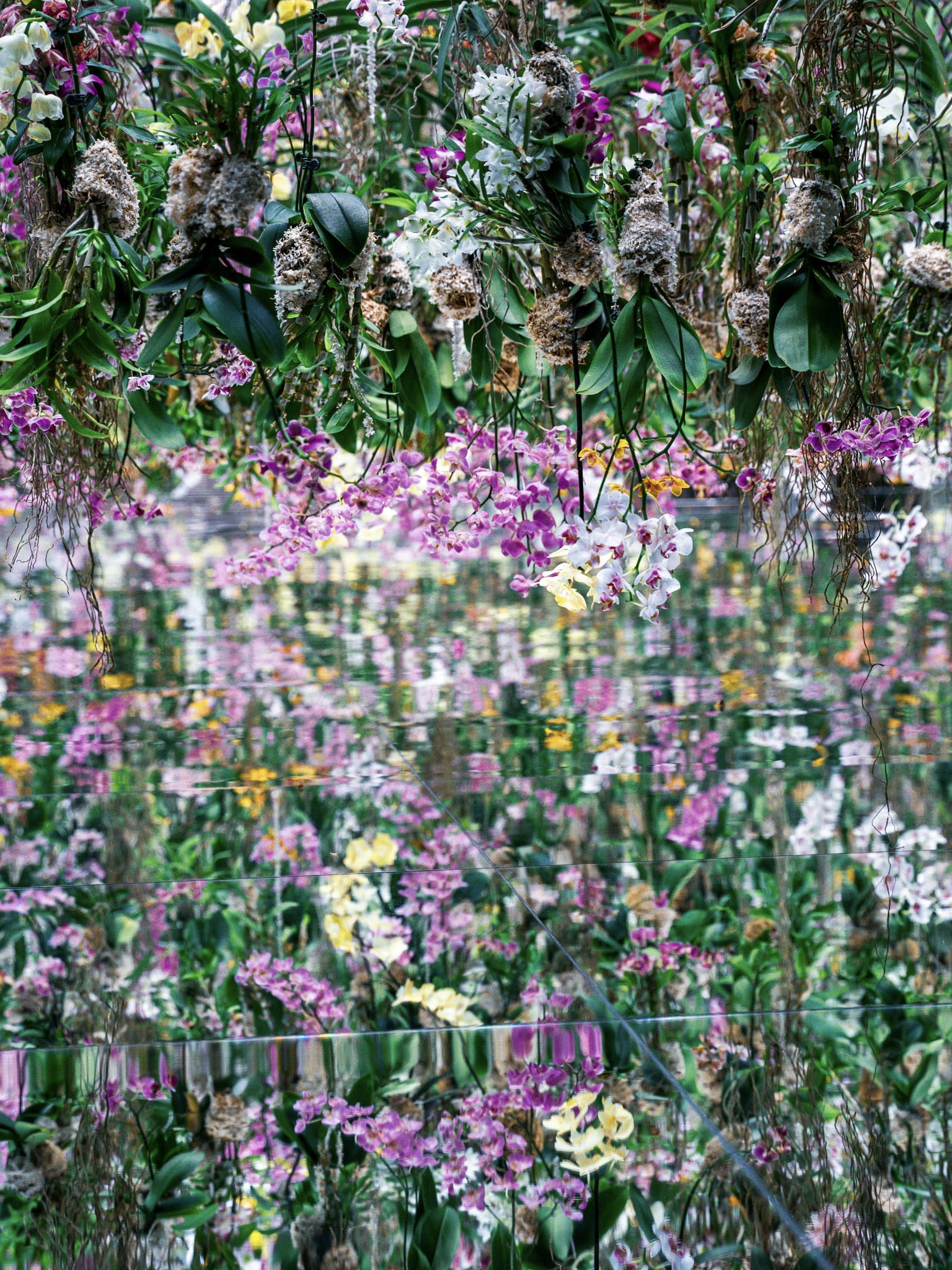
9. Shinjuku District At Night

Shinjuku district at night looks like a vertical city within the city. There’s the neon, the steam, the mix of suits and students, and every few blocks the mood changes completely, from business towers to tiny bars squeezed between vending machines.
Start with Omoide Yokocho, a lane of stalls so small you can smell what everyone else is ordering. Most have six or seven seats and a single grill. Order yakitori, a beer, and pretend you have nowhere else to be. From there, slip into Golden Gai, a maze of bars that could fit inside a single restaurant anywhere else. Each one has its own look and soundtrack, some open to visitors, others for regulars only.
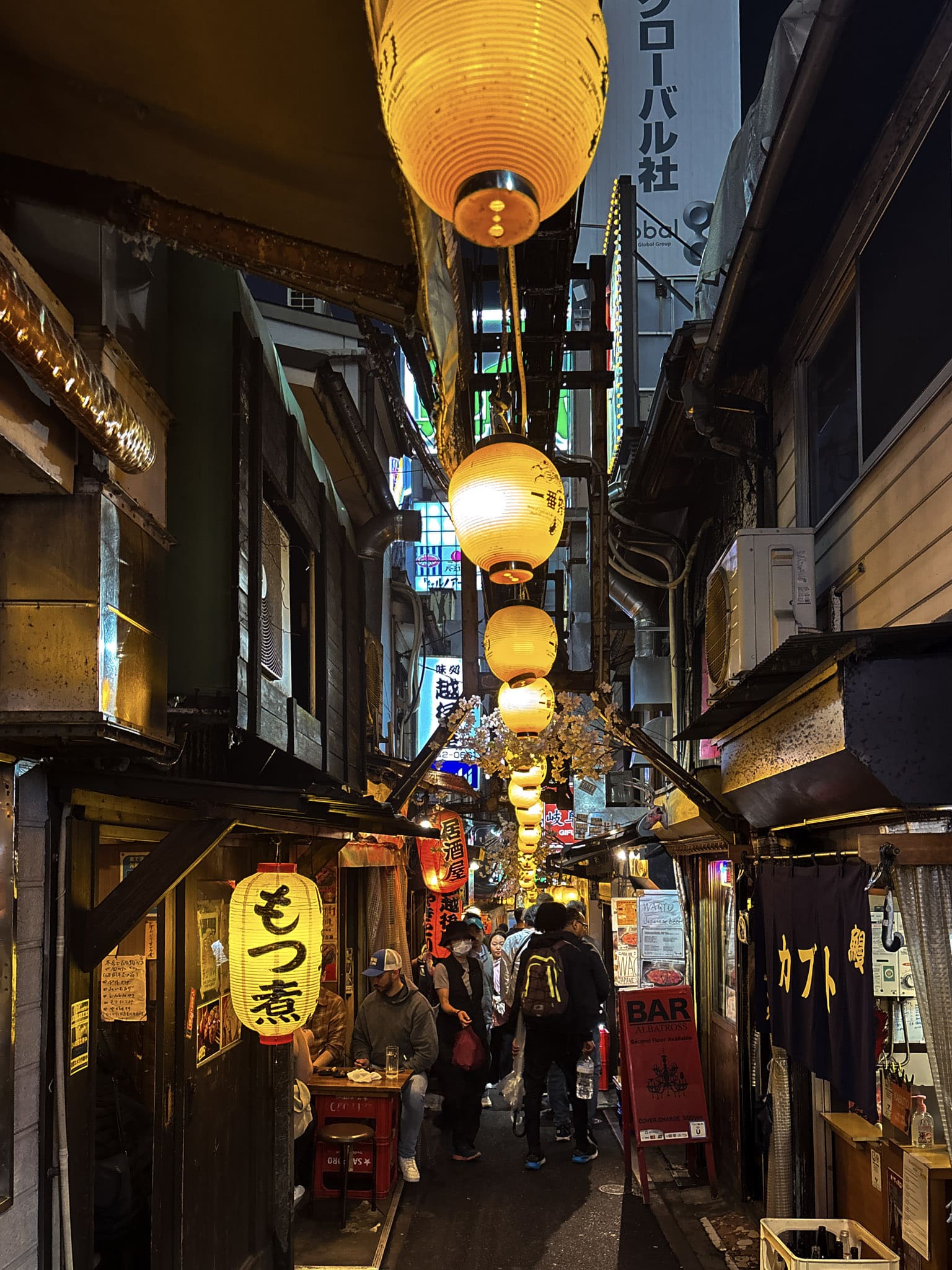
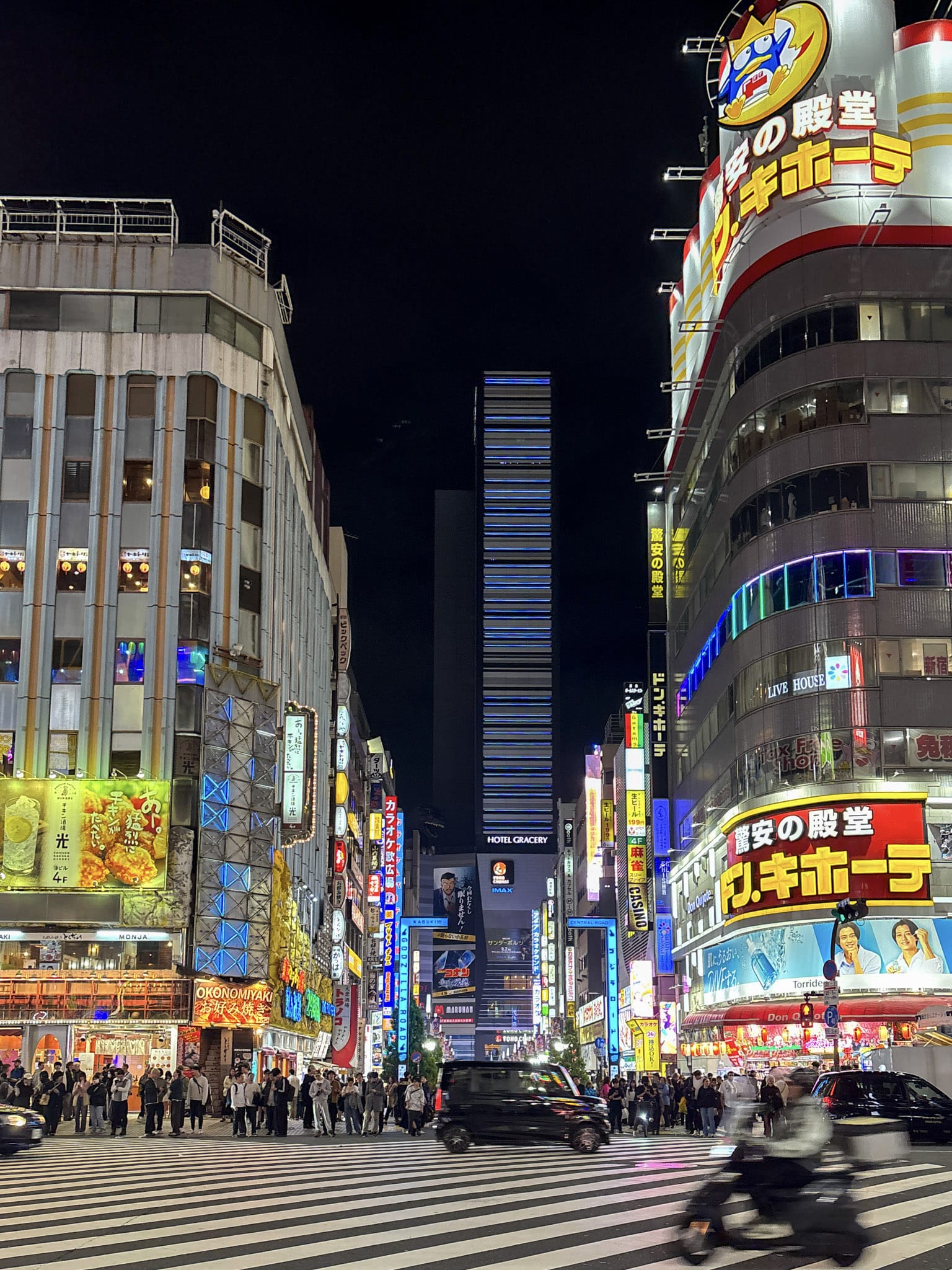
10. Nezu Museum and Omotesandō
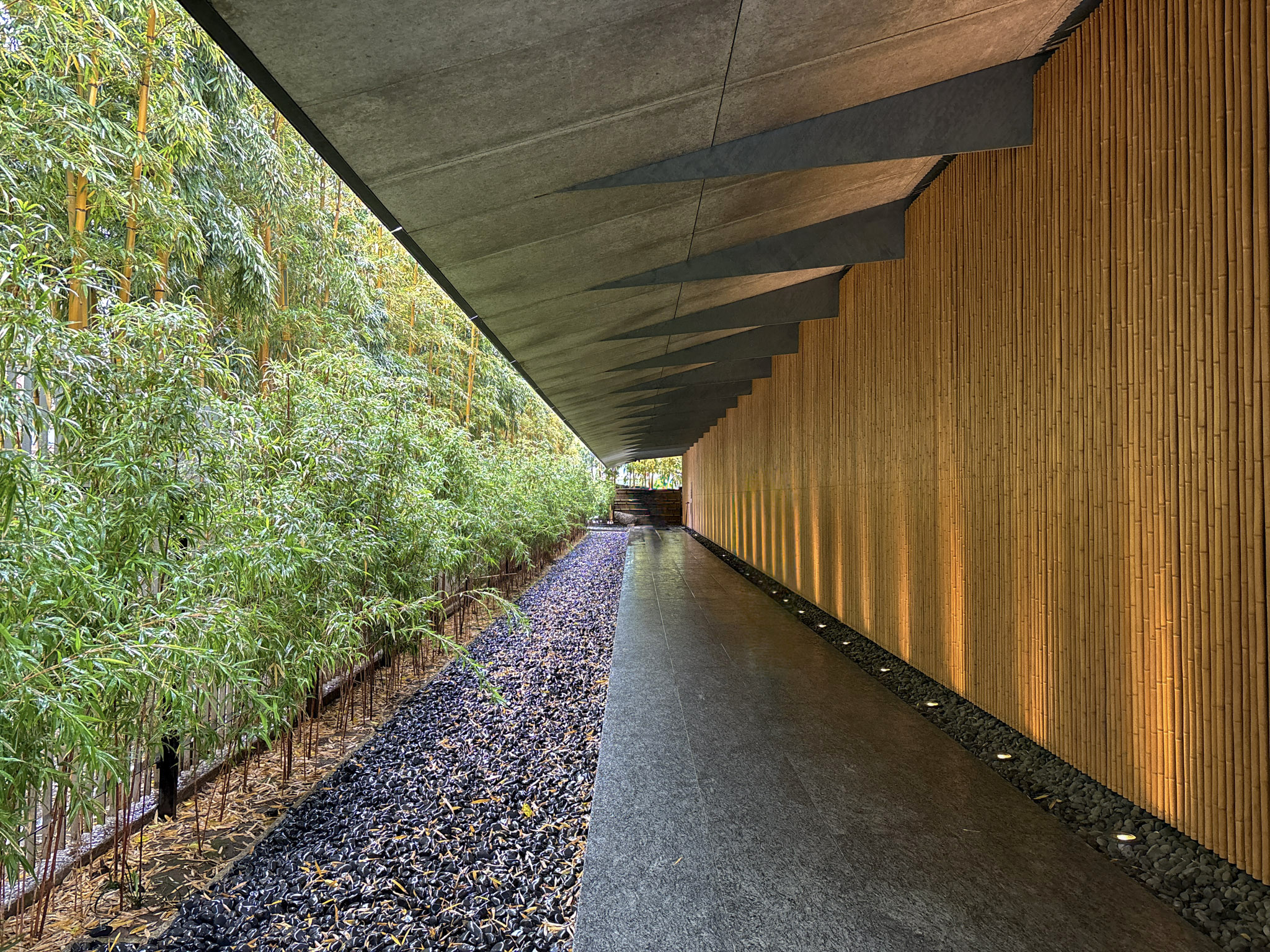
The Nezu Museum is one of the few quiet places in Tokyo where time seems to slow down on purpose. Its collection focuses on Japanese and East Asian art — folding screens, ceramics, calligraphy — displayed with the same restraint as the building itself. Designed by Kengo Kuma, the museum hides behind a bamboo-lined path that cuts the noise of the city the moment you step onto it.
The garden behind the museum is reason enough to stay. It’s layered with stone paths, moss, and small tea houses that look out over a pond, each turn designed like a painting. If you join a tea ceremony here, even for a short one, it’s a reminder of how detail can feel like luxury.
When you’re done, walk up to Omotesandō. The shift from quiet garden to clean-lined architecture feels seamless — glass façades, minimalist storefronts, cafés that could double as galleries. It’s the perfect last stop: calm, elegant, and entirely Tokyo.
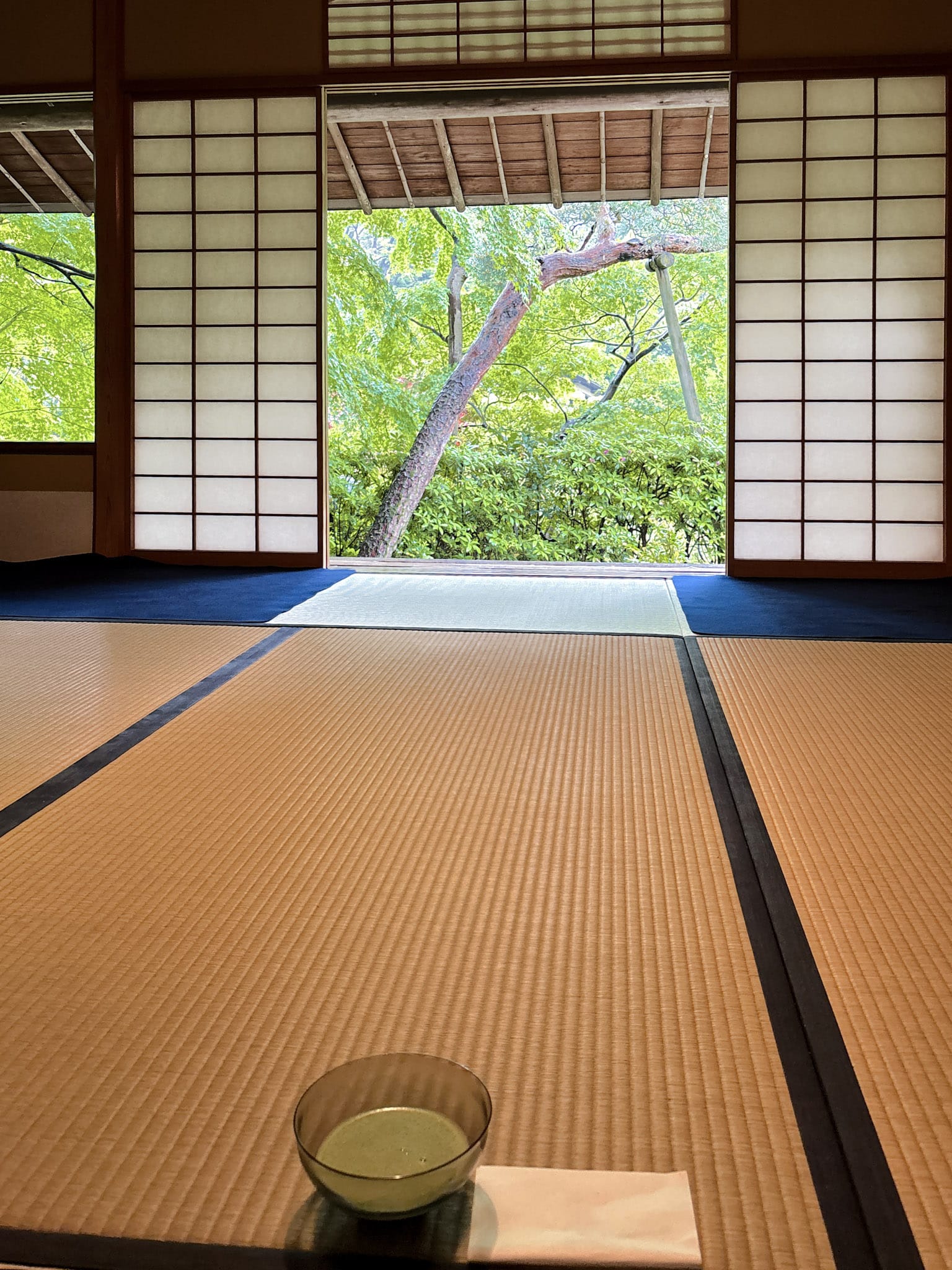
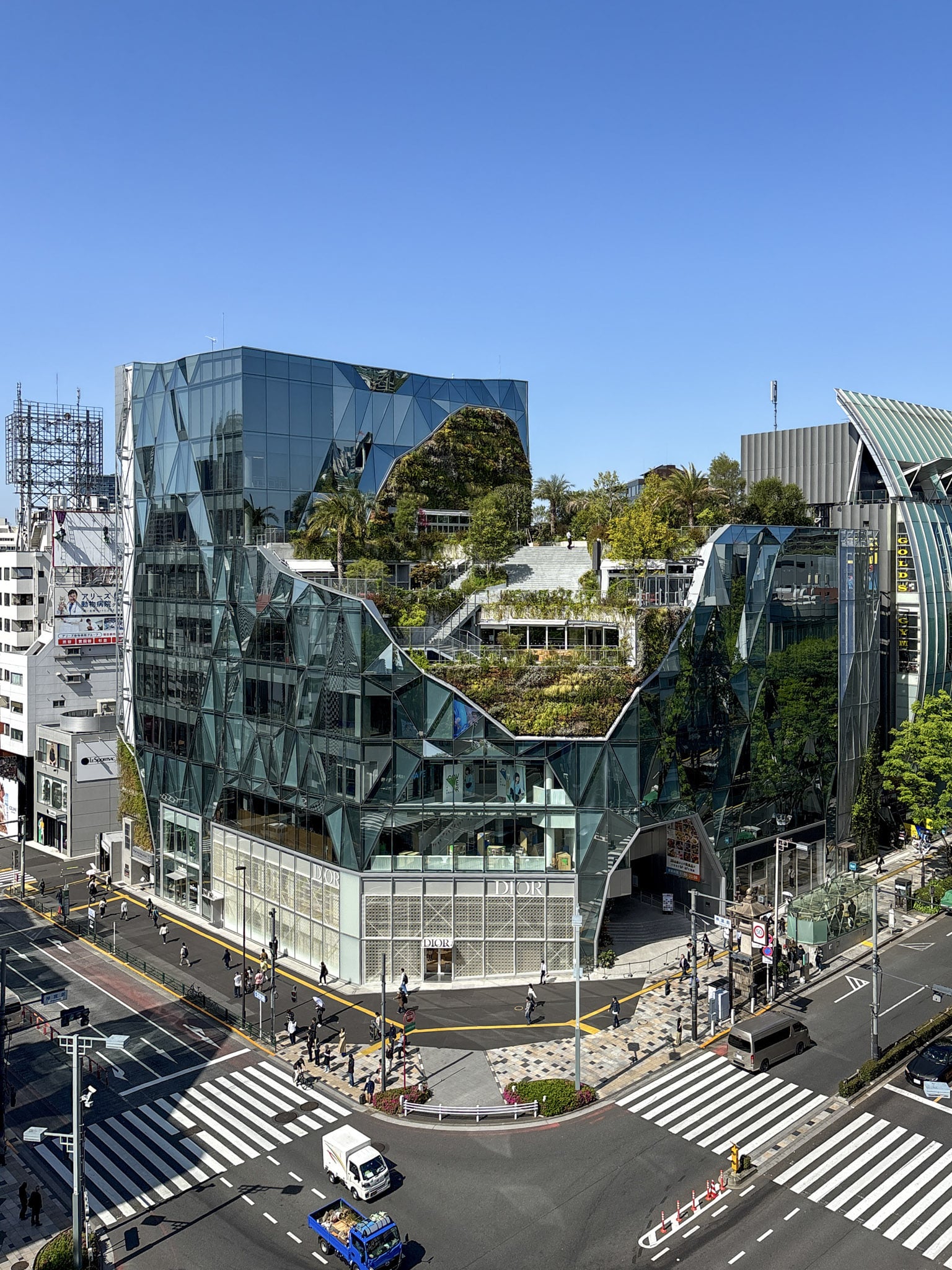
Practical Questions for First-Time Visitors
How many days do you need in Tokyo to see these places?
To cover all the best things to see in Tokyo without rushing, plan at least four to five full days. With an early start and a good subway plan, you can comfortably visit two or three major areas per day. Tokyo rewards structure, so group sights by district: Shibuya and Harajuku on one day, Asakusa and Ueno on another, Shinjuku and Ginza on the third.
How to get around Tokyo efficiently?
The subway and JR lines connect every stop on this list. Get a Suica or Pasmo card and use Google Maps for transfers; the timing is usually exact to the minute. Trains are fast, safe, and the easiest way to move between neighborhoods without losing time. Here’s a complete guide to get around Tokyo easily.
Where to stay in Tokyo:
Shibuya is the most balanced base for first-time visitors. It’s central, well connected, and lively day and night. If you prefer something quieter but still central, consider Ebisu, Meguro, or Aoyama, they are all within easy reach of the main sights.
Best time to visit Tokyo:
Late March to early April for cherry blossoms, or October and November for clear skies and autumn light. Summer is humid and hot, only manageable if you’re able to start your days very early; winter brings fewer crowds and excellent visibility from towers and rooftops.
Keep reading:
Kamakura Day Trip From Tokyo: A Step-by-Step Walkthrough
Kamakura day trip from Tokyo, done right: bamboo forests, cliffside views, a coastal tram, and every stop tested on one relaxed, incredible loop.[dssb_sharing_buttons icon_placement="icon" icon_width="fixed" alignment="left" icon_color="#000000"...
Tokyo Subway: Your Essential Guide to Tokyo’s Public Transport
Tokyo’s train and subway map looks wild, but this guide breaks it down: tickets, IC cards, stations, exits, and how to tap your way through the city like a local.[dssb_sharing_buttons icon_placement="icon" icon_width="fixed" alignment="left" icon_color="#000000"...
A Beginner’s Guide to Tokyo’s Popular Districts
Are you planning a trip to Tokyo and have no idea where to start from? Consider this your official guide to the best Tokyo wards and districts. [dssb_sharing_buttons icon_placement="icon" icon_width="fixed" alignment="left" icon_color="#000000"...


